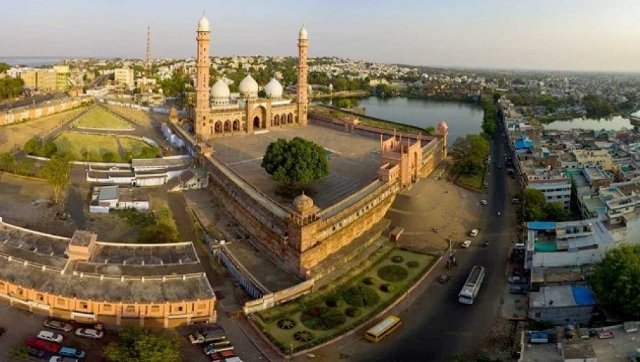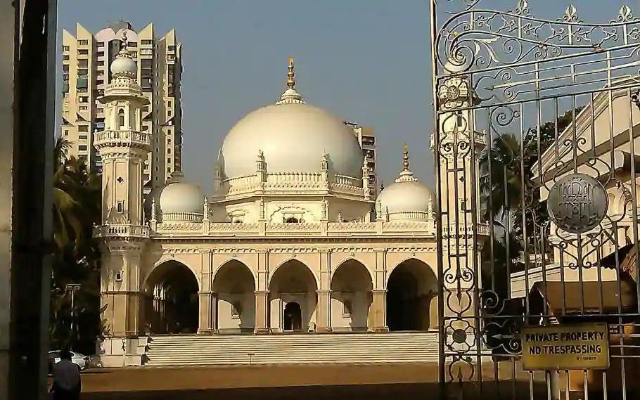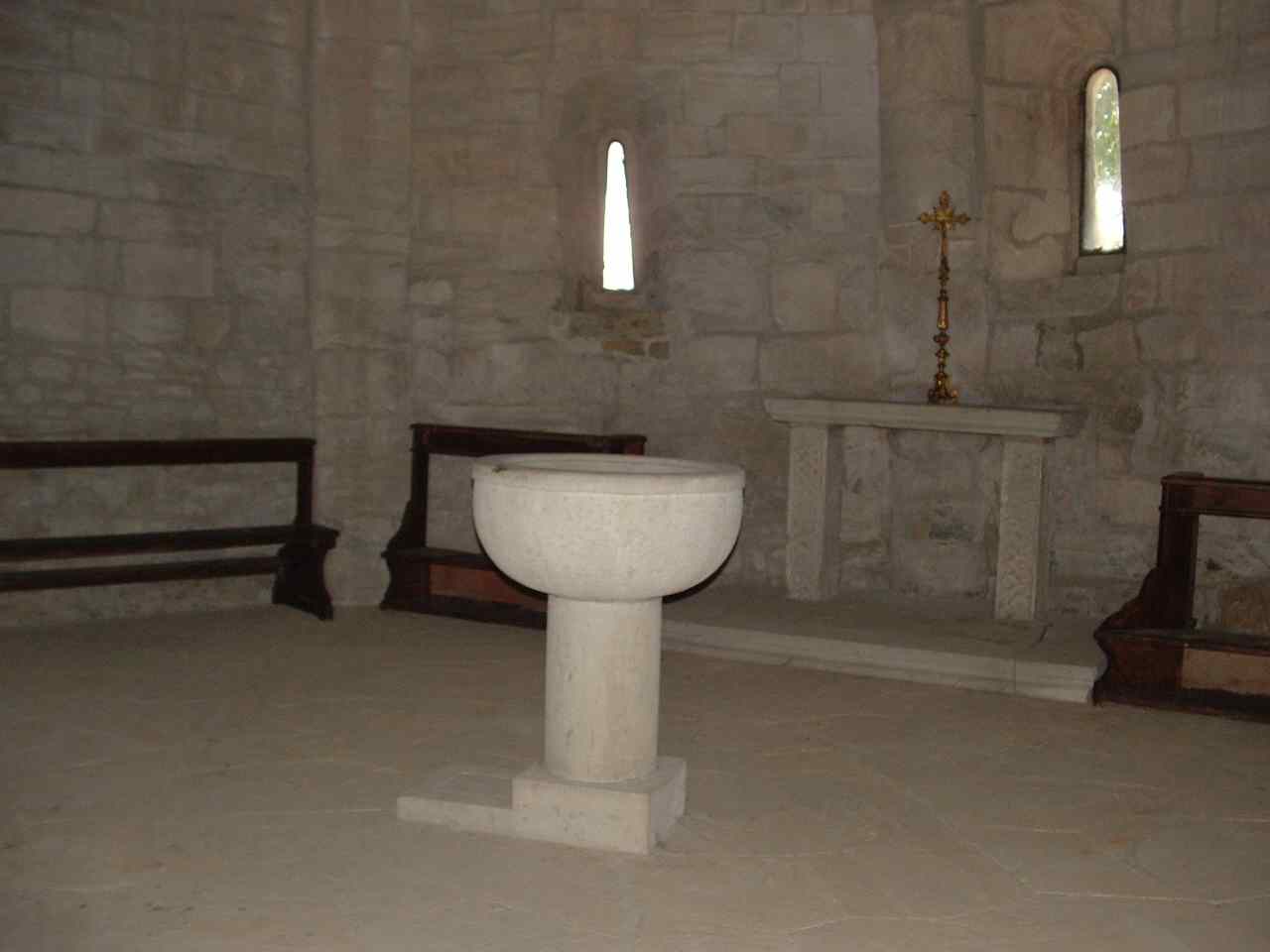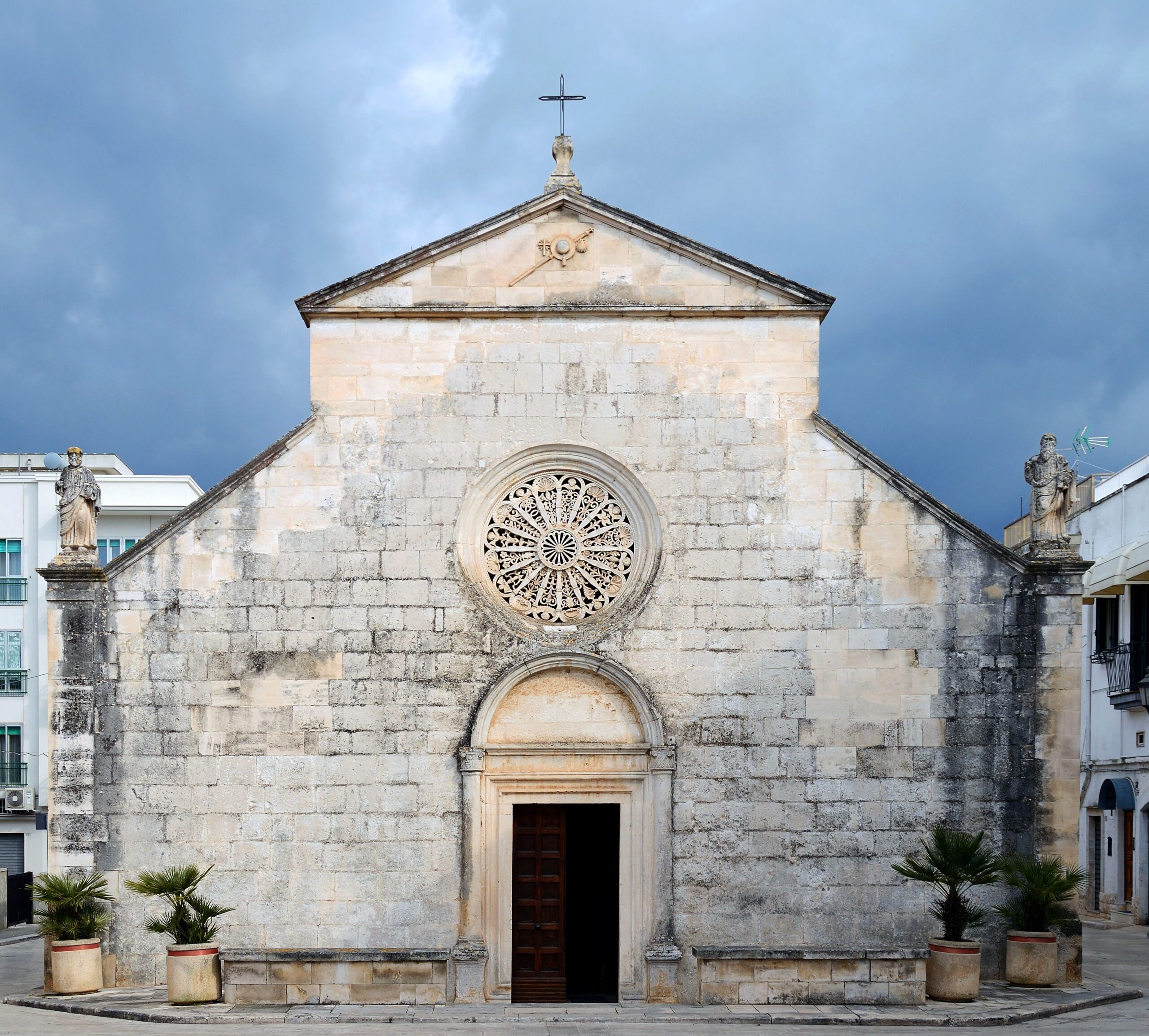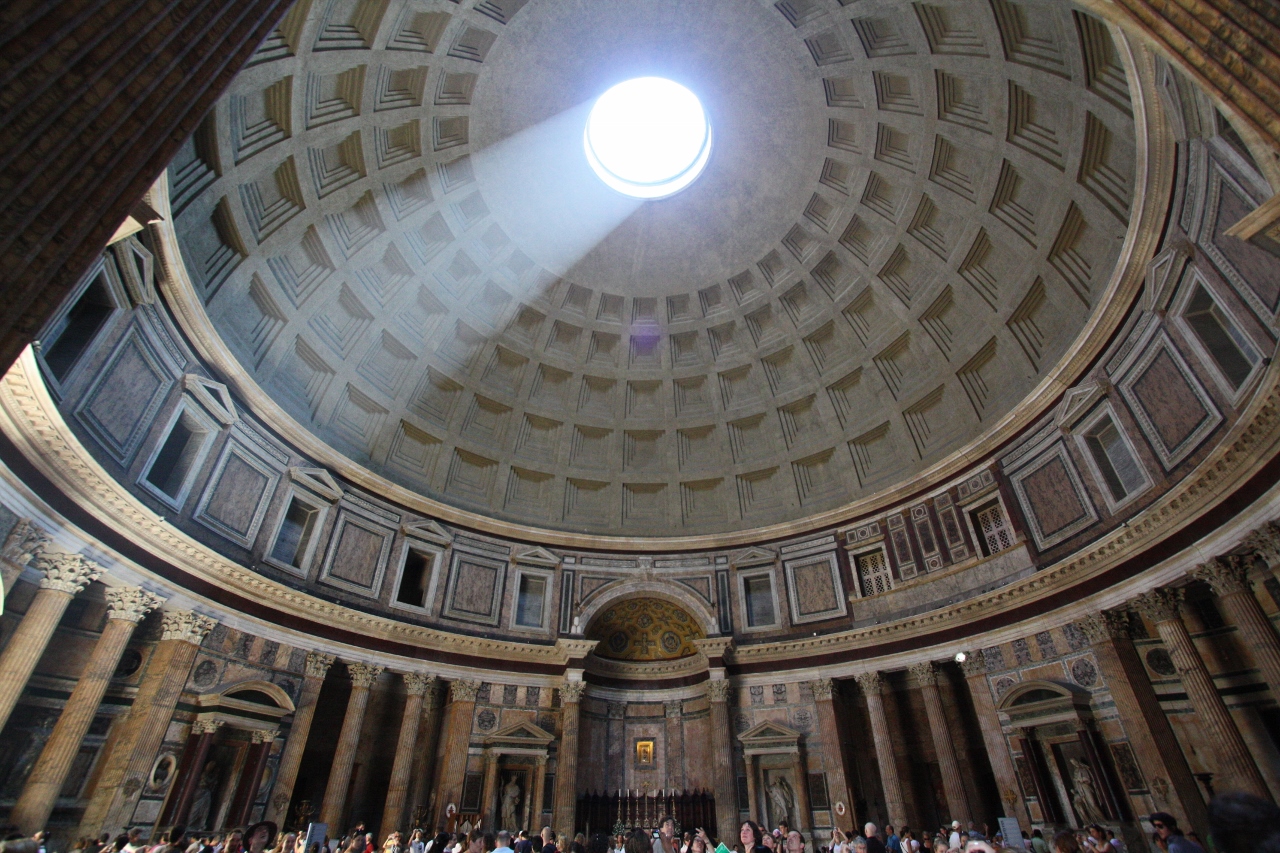Taj-ul-Masajid in Bhopal stands as a stunning testament to the grandeur of Islamic architecture in the Indian subcontinent. Often referred to as ‘The Crown of Mosques,’ this mosque truly lives up to its name not only in its majestic appearance but also in scale, being one of the largest mosques in India.
The mosque’s construction began during the reign of the Mughal Emperor Bahadur Shah Zafar by Nawab Shah Jahan Begum (1844-1901) of Bhopal and continued to be enhanced by her daughter Sultan Jahan Begum, till the end of their reign.
However, it was left incomplete for a long period and was finally completed in 1985, which speaks to its historical and architectural significance.
Covering an interior area of about 430,000 square feet, Taj-ul-Masajid can accommodate around 175,000 worshippers. Its architecture features a pink façade topped by two 18-storey high octagonal minarets with marble domes.
The mosque also includes a massive courtyard which can hold thousands of devotees and is used during Friday prayers and annual religious festivals like Ramadan.
The mosque complex also includes a madrasa (religious school) that serves as a place of learning for young students in Islamic teachings. The Taj-ul-Masajid not only serves as a religious center but also as a key cultural and architectural landmark for visitors, reflecting the rich heritage and architectural traditions of the region.

